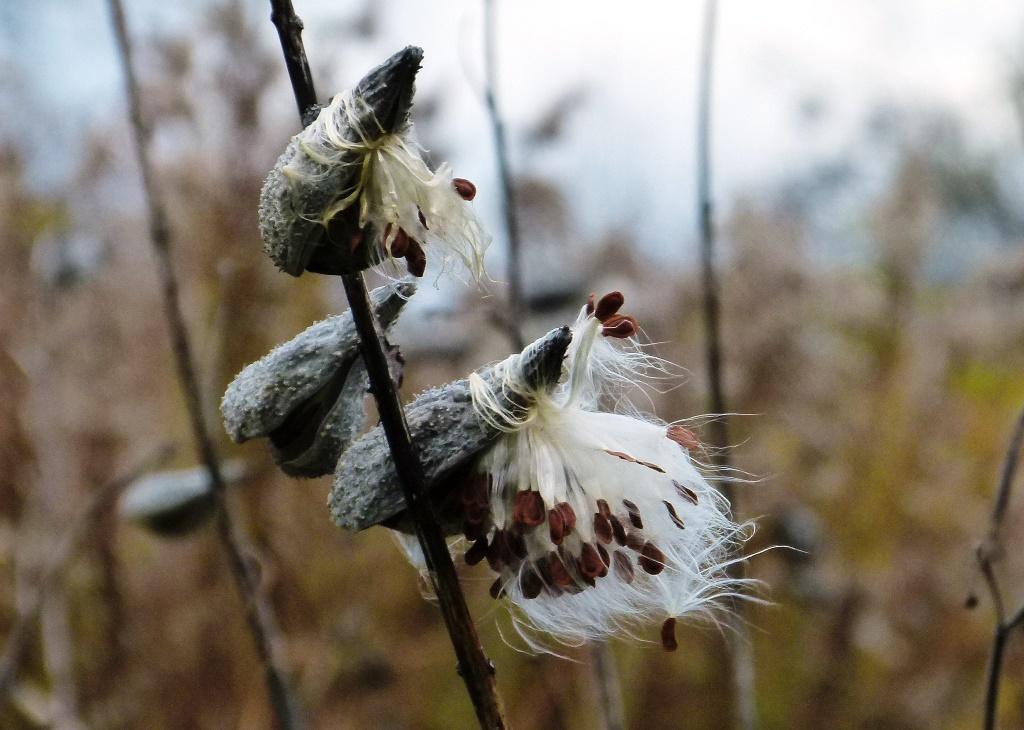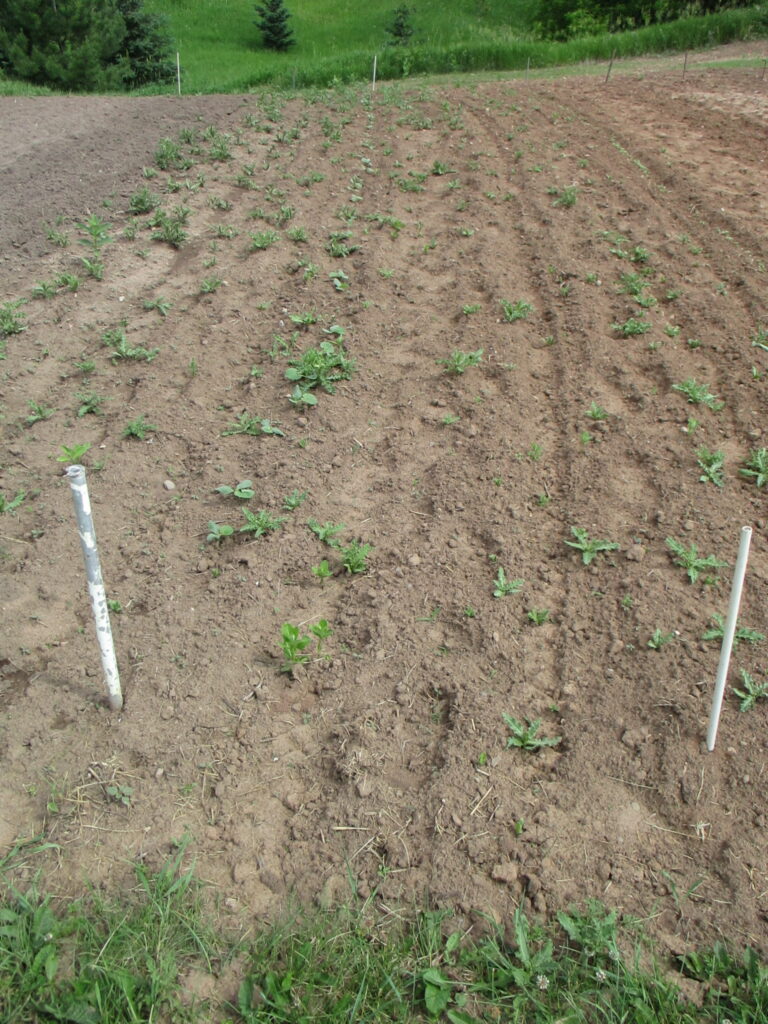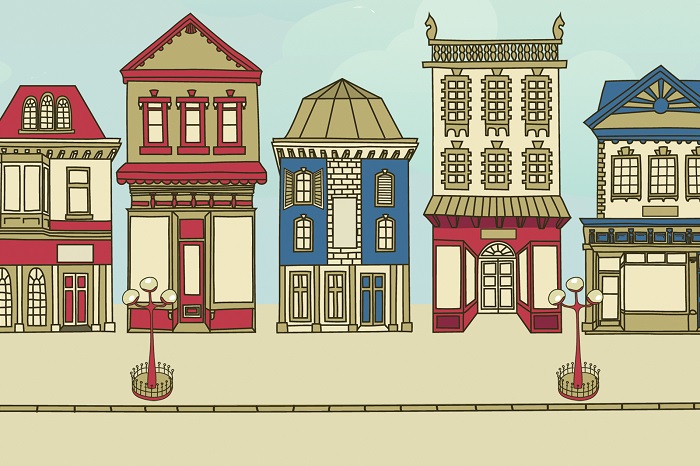The fight is on, and the gauntlet has been tossed into the arena, or I should say, the garden. It will be a fight to the first frost to see whether the weeds or the seeds win.
This story began more than a year ago when Hubby and I couldn’t cross the border into Canada because of the pandemic. We go there every summer to spend time at our seasonal camp. We, and thousands of other tourists, were considered non-essential and weren’t allowed into the country. Since we couldn’t proceed with our usual plans for summer, we had to come up with something else to keep us busy.
We haven’t had a garden for many years so by the time we decided to put one in, seeds and starter plants were gone. The greenhouse owner told us there had been a run on plants soon after the stay-home policy was implemented. Last year, the weeds had full run of the garden area.
I’ve come to understand that the plants I call weeds have a role in the eco-system of the land. Two weeds predominate in our garden area. The tall plant with prickly leaves and white or purple flowers is known as THISTLE. We have the purple variety that grows to be about three feet high, creeping in very close together and leaving no area bare. In late summer, the blossoms mature into seed pods that attract flocks of the North American Goldfinch. This plant also provides the thistle seed that bird enthusiasts use to fill their bird feeders. It’s amazing to watch a flock of birds arrive and perch on the plant stem supporting the blossom. They pick at the seeds for a few minutes and then move onto another stem.
Intermixed with the thistle plants are MILKWEED plants. Equal in height to the thistles, this plant produces large seed pods on the end of a central woody stem. The sap of this plant is white in color—therefore the name—and sticky. When the pods mature and burst open, thousands of seeds are released and travel on wind currents with the help of downy fibers attached to the individual seeds. Once all the seeds have dispersed, the empty pods can be used in floral arrangements. Creative designers often spray paint the pods various colors and use them in their projects.
This summer, with the U.S.-Canada border still banning non-essential travel, we decided early on to plant a garden – a small garden. Until…
The June/July 2021 issue of Mary Jane’s Farm magazine arrived. Whenever it comes in the mail, I start at the first page and read every article to the last page. One of the feature articles in that issue showcased various cut flower growers favor from across the U.S. I love flowers and while I’m too frugal to buy them for myself, I frequently send them to friends for special occasions. But the pictures with the article were so bright and colorful that I thought I should try a row or two of easy-to-grow flowers. Helpful suggestions as to varieties for beginners were included. For people like me—a beginner.
Hubby tilled the garden in the spring before the weeds appeared. We planted lots of green and wax beans, tomatoes, and zucchini plants. Friends brought us two kohlrabi plants. This vegetable is new to us, but we thought, “Why not be adventurous and give it a try?”
I rubbed my hands together and smiled. The rest of the garden area was left for flowers…or so I thought. Hubby, bless him, wanted an area for pumpkins. I’m really grateful he did. Within days, baby thistle plants and milkweed shoots began to immerge, even before the vegetable and flower seeds sprouted.
The game of weeds vs. seeds had begun.
Both varieties of weeds grow through an extensive root system. Small sections of root will rapidly establish a plant, and neither variety pulls easily from the dirt. I’ve taken on the daily job of removing as much of the weeds as time allows. The vegetables are done first, then the flowers.

So far, the weeds have the advantage of warm temperatures and lots of sunshine… oh, yes, and Hubby giving them plenty of water. But I’m determined. There are a lot of summer days ahead, and I want to have flowers in the house when they bloom.
Do you garden? What is your favorite thing to grow? How about your best tip for winning the battle between the weeds and the seeds? You comment with your suggestions and comments.
Believing in tomorrow (and the power of my green thumb),
Gini







